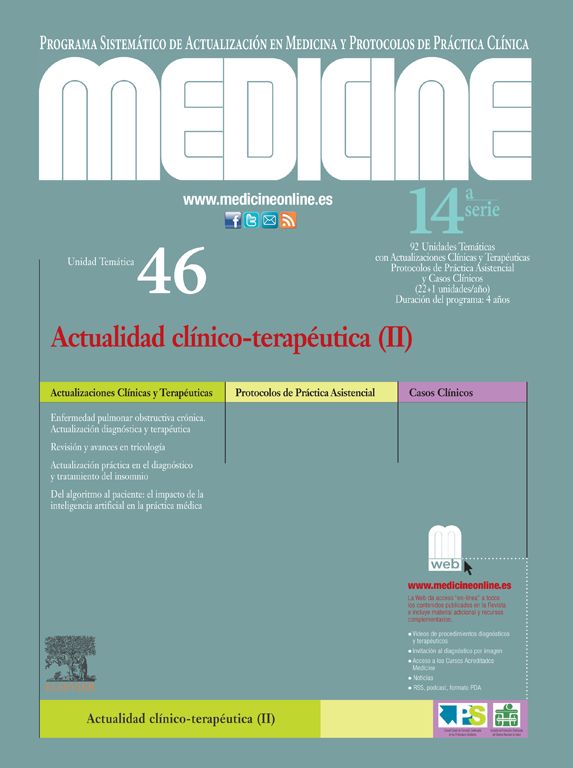La enfermedad renal intersticial comprende un grupo de trastornos que provocan inflamación intersticial asociada a daño tubular. Tradicionalmente, la nefritis intersticial se ha clasificado morfológica y clínicamente en formas agudas y crónicas. La nefritis intersticial aguda (NIA) suele inducir un rápido deterioro de la función renal, con una marcada respuesta inflamatoria intersticial caracterizada por infiltración de células mononucleares con o sin eosinófilos, edema intersticial y afectación tubular. En cambio, la nefritis intersticial crónica (NIC) sigue un curso más indolente y se caracteriza por fibrosis intersticial, atrofia tubular y, casi siempre, infiltrado intersticial de células mononucleares. La lesión tubulointersticial es clínicamente importante porque predice la función renal presente y futura.
Palabras clave
Interstitial kidney disease covers a group of disorders which cause interstitial inflammation associated with tubular damage. Traditionally, interstitial nephritis has been classified morphologically and clinically as either acute or chronic. Acute interstitial nephritis (AIN) usually induces rapid deterioration of kidney function, with a marked inflammatory interstitial response that is characterized by the infiltration of mononuclear cells with or without eosinophils, interstitial oedema and tubular involvement. On the other hand, chronic interstitial nephritis (CIN) follows a more indolent course, and it is characterized by interstitial fibrosis, tubular atrophy and, almost always, interstitial infiltrate of mononuclear cells. The tubulointerstitial lesion is clinically important because it is a predictor of present and future kidney function.
Keywords
Identifíquese
¿Aún no es suscriptor de la revista?
Comprar el acceso al artículo
Comprando el artículo el pdf del mismo podrá ser descargado
Teléfono para incidencias
De lunes a viernes de 9h a 18h (GMT+1) excepto los meses de julio y agosto que será de 9 a 15h



